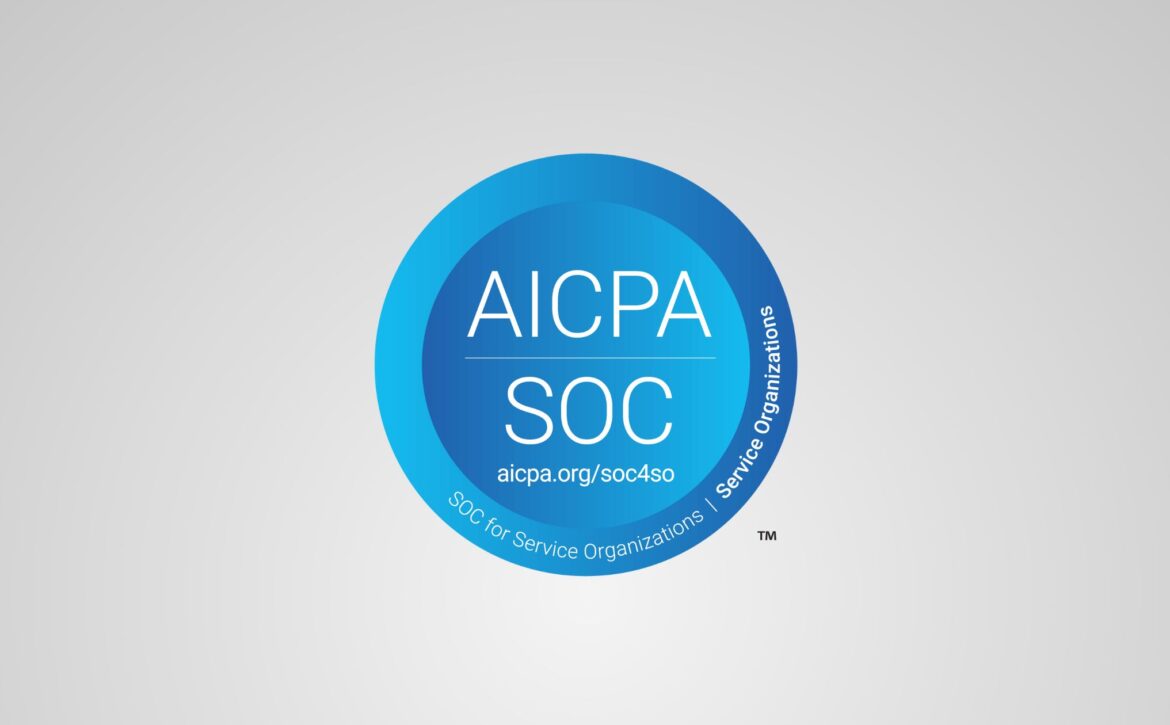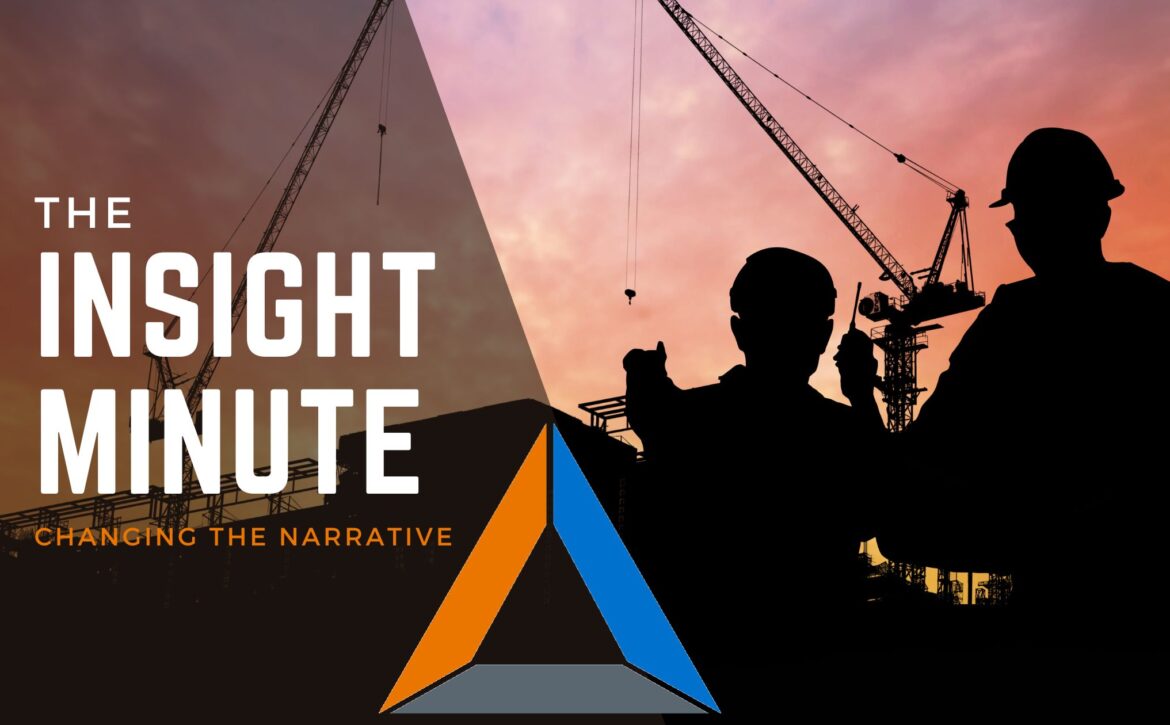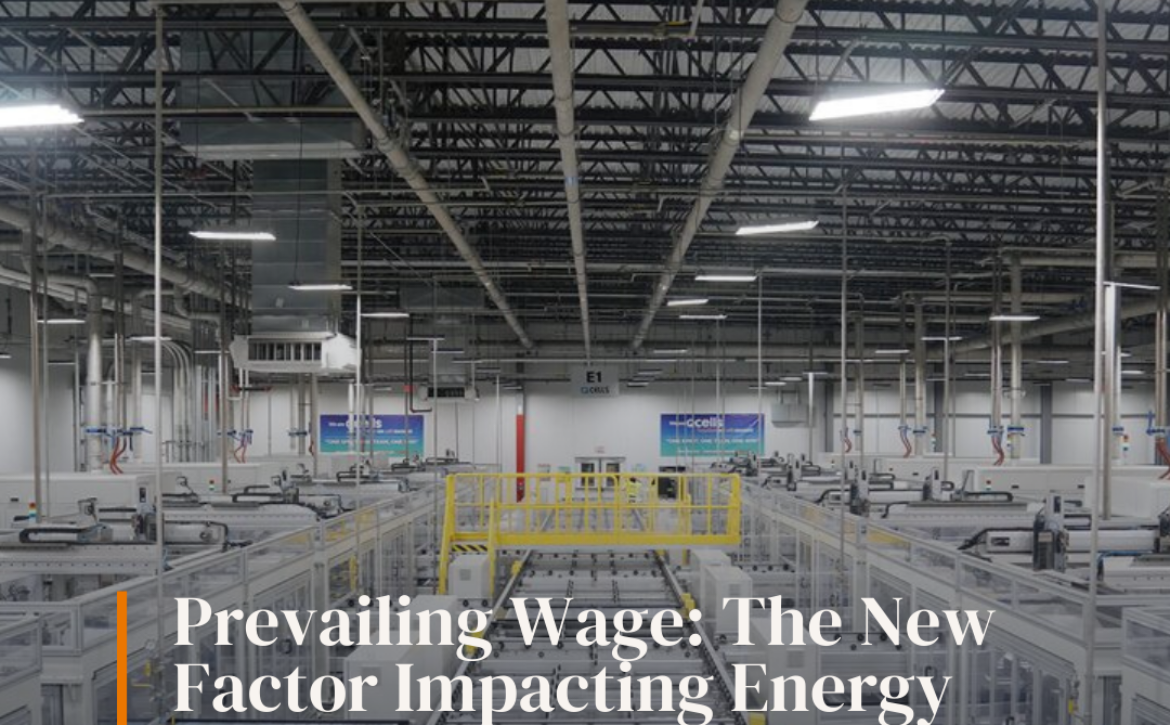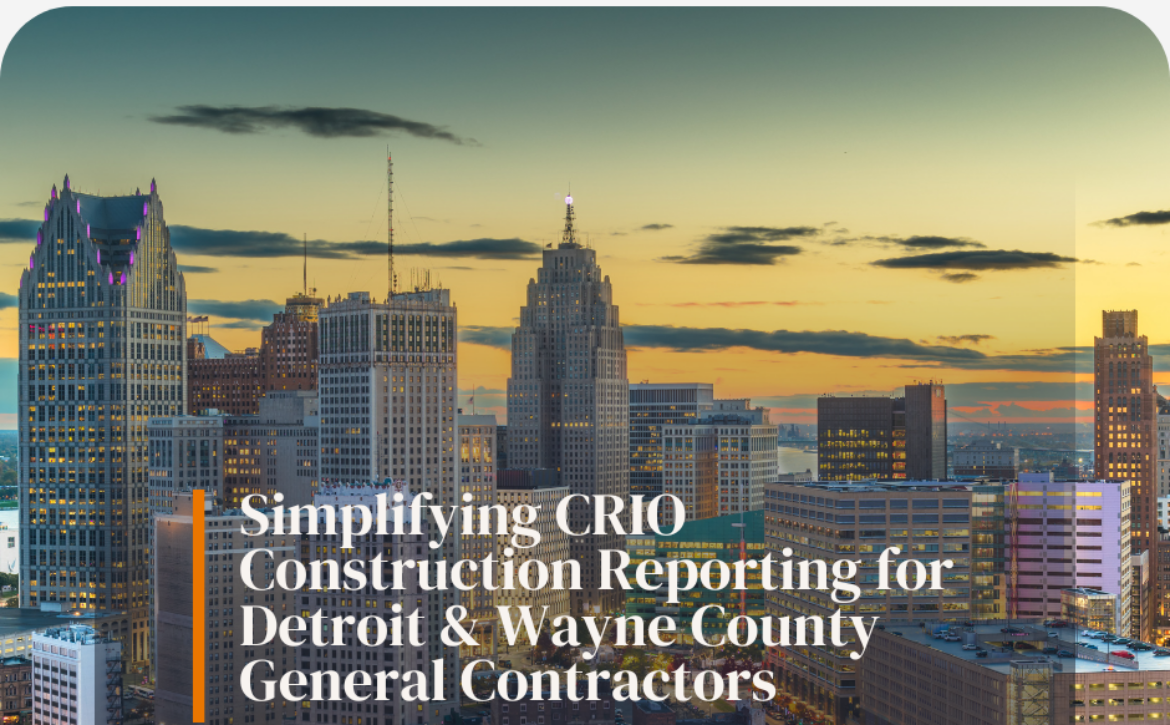Over the past two years, organizations in the energy sector have become increasingly aware of the concept of prevailing wage, which has arisen from the implementation of the Inflation Reduction Act (IRA), the Infrastructure Investment and Jobs Act (IIJA), as well as an increasing emphasis on this topic by jurisdictions and project owners. While it’s a fairly straightforward concept, many sectors within the industry are encountering it for the first time, leading to some unfamiliarity. Essentially, prevailing wage refers to the basic hourly rate of wages and benefits paid to similarly employed workers in a specific geographic area.
Now, more energy organizations are not only learning about prevailing wage but also finding themselves needing to take action. This is because certain funds, tax credits, and policies now hinge on ensuring prevailing wages are paid and that the associated information is documented and reported regularly. Traditionally, this requirement was mainly associated with construction projects, leaving many other sectors within the industry relatively untouched by such considerations.
Because prevailing wage requirements are becoming more prevalent, specifically in the energy sector, for new and existing energy operations and development projects, we will address two key points: Why meeting prevailing requirements is important; and How to effectively capture prevailing wage data, for compliance and cash flow from federal funding sources.
First, you might find yourself subject to prevailing wage requirements now, even if you haven’t encountered them before. This could happen because the project or organization you’re working with is now pursuing specific tax credits or financing that necessitates compliance. This change could apply retroactively, even to projects previously exempt. For instance, SkillSmart was brought onto a client’s EV battery manufacturing project, ongoing for nearly a year, only to find out that a recent project refinancing required all workers to meet, track, and submit prevailing wage . Working against a three week deadline, over 125 subcontractors and vendors were required to provide their prior-year information. Many initially dismissed it as an error until the project owner and general contractor clarified the situation.
Secondly, since other industry sectors have had to meet prevailing wage requirements previously, this is not a new concept, so there are tools that can help you, and you don’t have to go through this on your own. That’s where SkillSmart can provide a solution. InSight, our highly configurable and easy-to-use software platform, is at the forefront of supporting our clients and partners in driving positive change and providing solutions to help project teams use their day-to-day data to meet expectations, internally and externally. Based on conversations during the prospecting stage, our team would recommend the following things to look for and specifically ask about during a demo.
- Ease of Use: Ensure the software is user-friendly, especially for subcontractors and vendors who will be submitting their information. A streamlined interface can save time and reduce errors in data submission.
- Tracking Multiple Tiers: Look for a solution that can capture information from every organization involved in your projects, whether they report directly to you or to one of your subcontractors. This ensures comprehensive compliance across all tiers of your supply chain.
- Scalability: Choose a platform that can grow with your business and support your expanding activities and projects. This flexibility ensures that the software remains effective as your operations evolve.
- Support: Confirm that the product offers adequate support for you, your team, subcontractors, and vendors at no additional cost. Access to timely assistance can resolve issues quickly and minimize disruptions to your workflow.
As we conclude, remember not to overlook the possibility of now being subject to prevailing wage requirements. Take the initiative to inquire with your client or project owner about any recent changes. Additionally, explore resources such as SkillSmart and tools like InSight, which can offer valuable assistance. You’re not alone in this journey; if you need guidance, reach out to us. Our team is here to help you navigate through this new terrain.
Learn More










